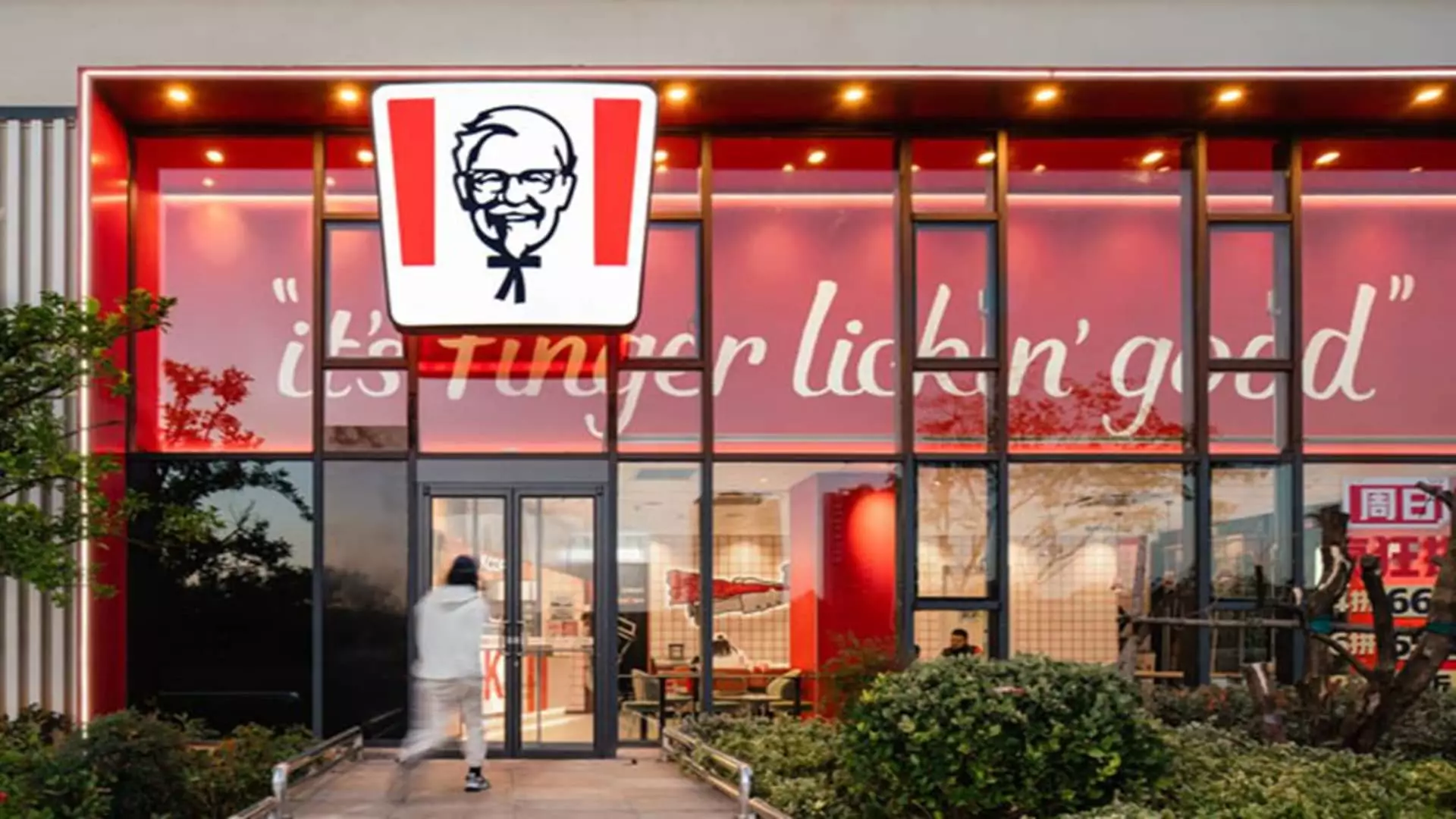In the face of China’s low consumer confidence and sluggish economic growth, Yum China CEO Joey Wat remains optimistic about the changing behavior of the Chinese consumer. Despite concerns from investors about the broader Chinese economy, Yum China has experienced a 27% decrease in shares over the past year, compared to Licensor Yum Brands which has seen an 8% increase in stock value. However, Yum China’s revenue continues to grow, with a 19% increase in the fourth quarter to $2.49 billion, driven by new store openings and a 4% rise in same-store sales. Wat attributes this growth to the recovery of the restaurant industry post-Covid-19, as well as a significant shift in consumer mindset.
Wat noted that Chinese consumers have become more rational in their spending habits over the years. Rising housing costs in top-tier cities like Shanghai and Beijing have put pressure on disposable income, leading consumers to make more mindful purchasing decisions. On the contrary, lower-tier cities such as Chengdu have seen stronger sales growth for Yum China, as housing is more affordable and consumers have more cash to spare. Despite the challenges posed by varying economic conditions across different city tiers, Yum China’s business model has proven successful in catering to a wide range of consumers, from top-tier cities to tier five and tier six cities.
While KFC locations make up the majority of Yum China’s footprint, the company also operates Pizza Hut restaurants and Lavazza coffee shops. China serves as KFC’s largest market and Pizza Hut’s second largest market. Yum China has observed a trend where Chinese diners are upgrading their spending habits, transitioning from instant coffee to premium offerings like sparkling coffee at KFC. The company has implemented a barbell strategy at both KFC and Pizza Hut, offering a range of affordable options alongside higher-quality menu items to cater to diverse consumer preferences.
Yum China has strategically opened about half of its new stores in lower-tier cities in recent years, aiming to capture consumers with higher disposable incomes in these regions. With over 14,600 restaurants in operation, Yum China plans to expand its footprint to more than 20,000 locations by 2026. Despite forecasts of slowing economic growth in China by organizations like the World Bank and the IMF, Yum China remains focused on expanding its presence and adapting to changing consumer trends in the market.
Yum China’s success in navigating the complex Chinese market landscape demonstrates the company’s resilience and ability to adapt to consumer shifts and economic challenges. By understanding the nuanced differences in consumer behavior across city tiers, Yum China has been able to tailor its business model effectively and drive growth in a competitive market environment. With a diversified product offering and strategic expansion plans, Yum China continues to position itself as a key player in the Chinese restaurant industry, despite external economic uncertainties.

